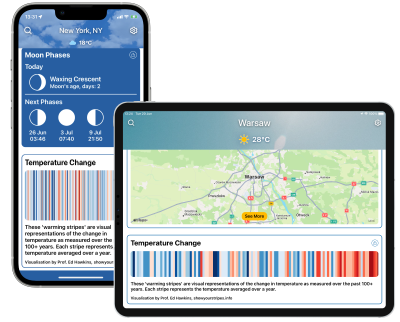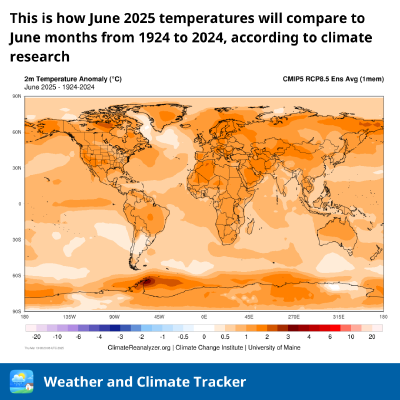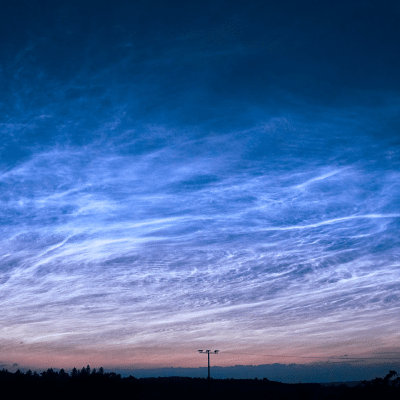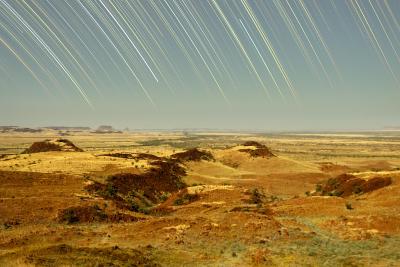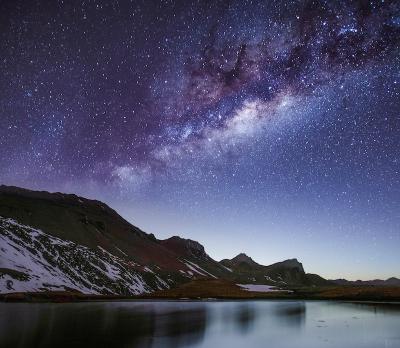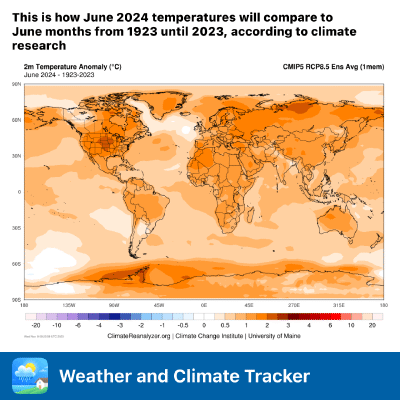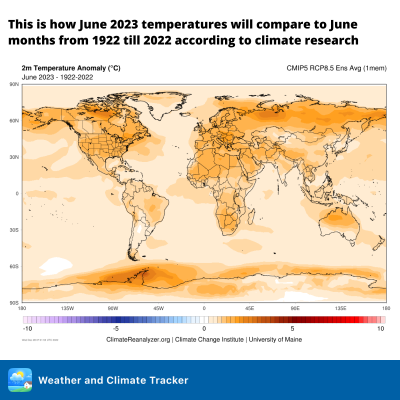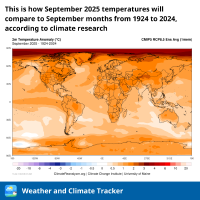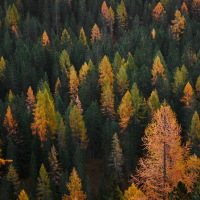
[ Sky]
Meteorological vs Astronomical Summer
Meteorological summer and astronomical summer are two different ways of defining the summer season. Meteorological summer is defined by the three warmest months of the year in a particular region, typically June, July, and August in the northern hemisphere and December, January, and February in the southern hemisphere. This definition is based on the annual temperature cycle and is primarily used by meteorologists and climatologists for weather forecasting and climate analysis.
Read more...